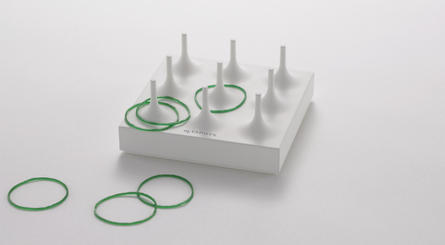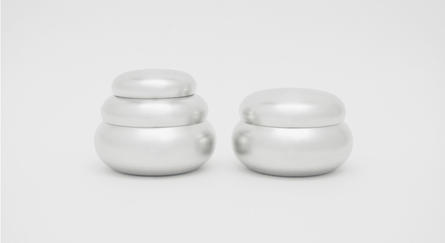Amusement
Sold Out
- celtis

All the pieces can be housed in the case after use.

celtis is a game two can play.
The players place pieces on the board one after the other. The first player to make a straight line of seven smaller pieces in the same color wins.
A 120º-curved piece has three smaller pieces in two colors, and the number of smaller pieces with a same color differ in the two sides of a piece (e.g., two blue smaller pieces and a green smaller piece on one side, and two green smaller pieces and a blue smaller piece on the other). You can use either side of a piece: the side with two smaller pieces of the color you have chosen, or the other side with one smaller piece of that color.
Pieces can be placed anywhere on the board.
Pieces do not need to be placed adjacent to other pieces.
The player cannot win when he/she makes a row of 8.

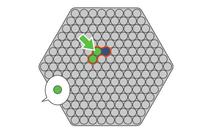
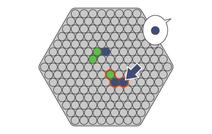

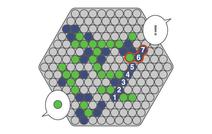


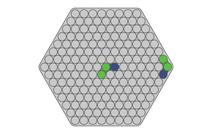
2006 Good Design Award

| price | 5,000yen(without tax) |
|---|---|
| name | celtis - board game |
| code | 26100 |
| size | W350mm x H20mm x D310mm |
| material | ABS |
| weight | 860g |
| the term of a guarantee | 1 year from day of purchase |
| accessories | body: 1, piece:58 |
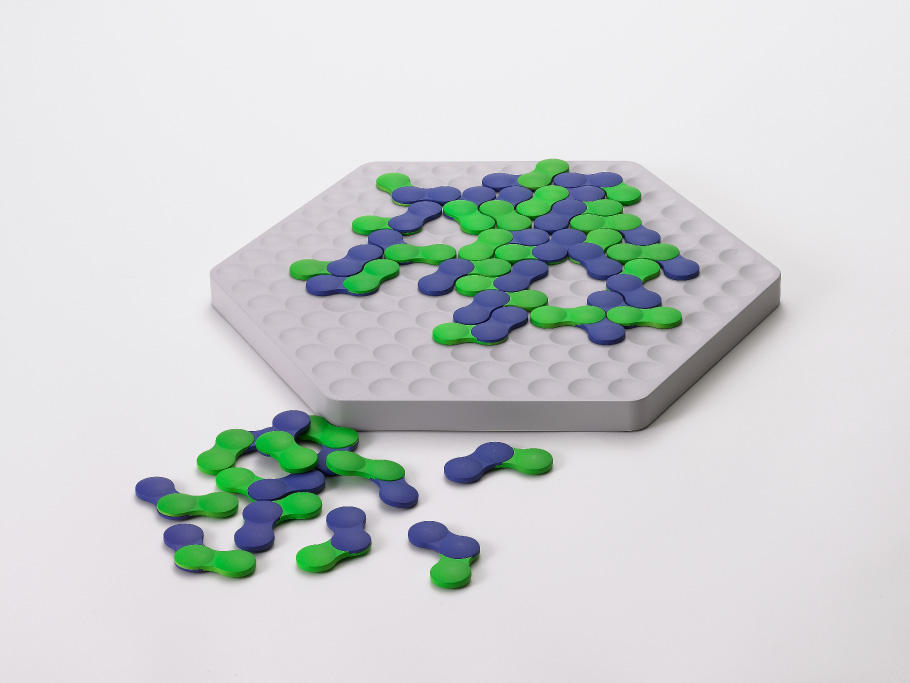


Every board game has an opponent, and it does not start until two people agree to play the game. Playing a board game might be a special time that is hard to call a daily activity. Even if there are two people, a board game does not start if their timing does not meet. Thus, METAPHYS thought board games must be placed somewhere you can see them all the time and came up with an idea to create an ornament board game that does not have to be put away. With Othello, you do not know the winner until the very end of the game. Chess, Igo, or Shogi are too sophisticated to play. METAPHYS wanted to create an easy game. Gomoku-narabe (a game of five-in-a-row) in Igo was closest to the image of being easy to access and fun, but METAPHYS needed something new.
Looking for a new design for the pieces, I thought to create a new game style, Nanamoku-narabe (a game of seven-in-a-row), and came up with a piece where your piece and the opponent’s piece are integrated. Placing your pieces on the board means giving the opponent the same number of pieces at the same time, and you can lose ground depending on where you place them. Therefore, it requires you to look ahead carefully. METAPHYS completed the creation of a new easy and intelligent game that can be played in a short time.
